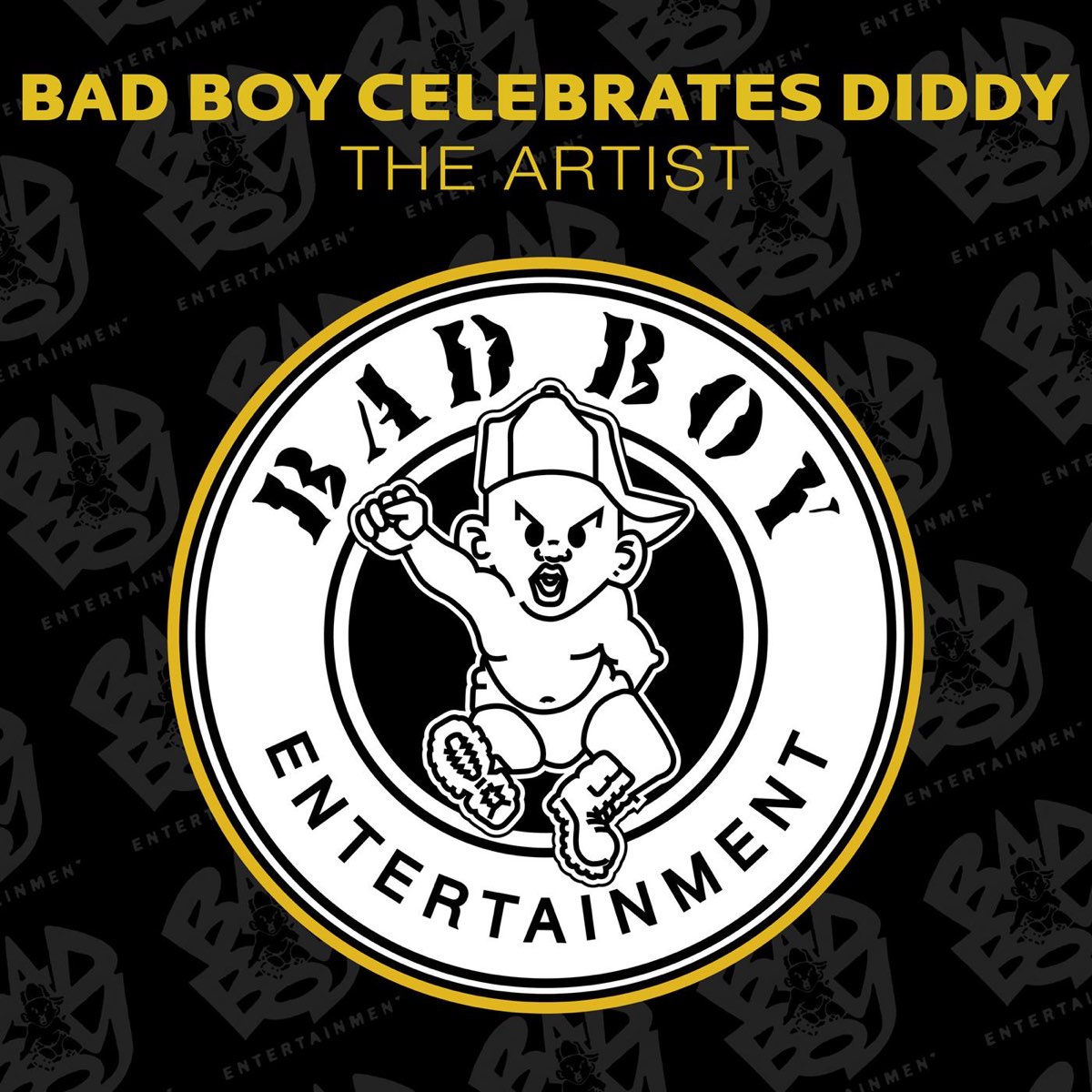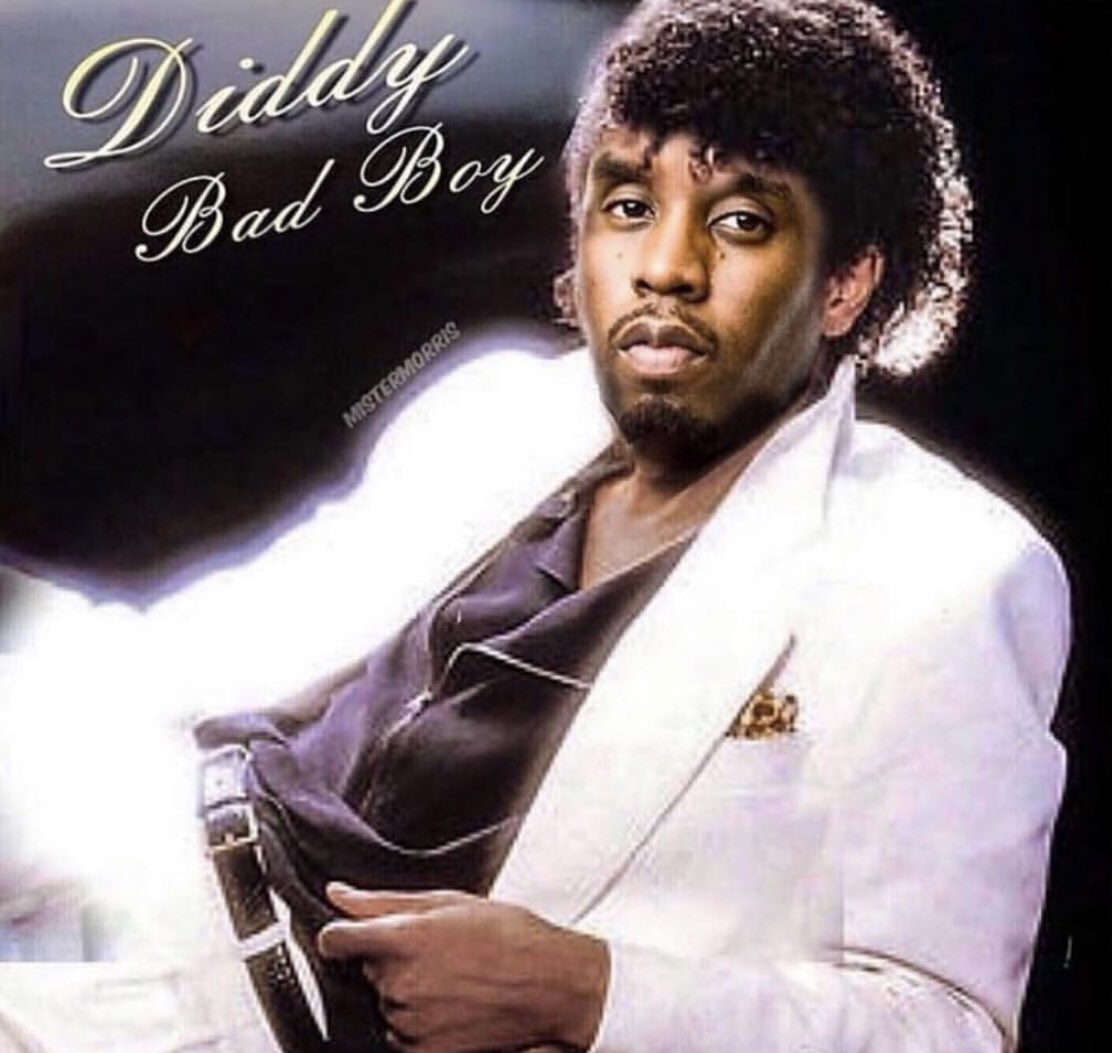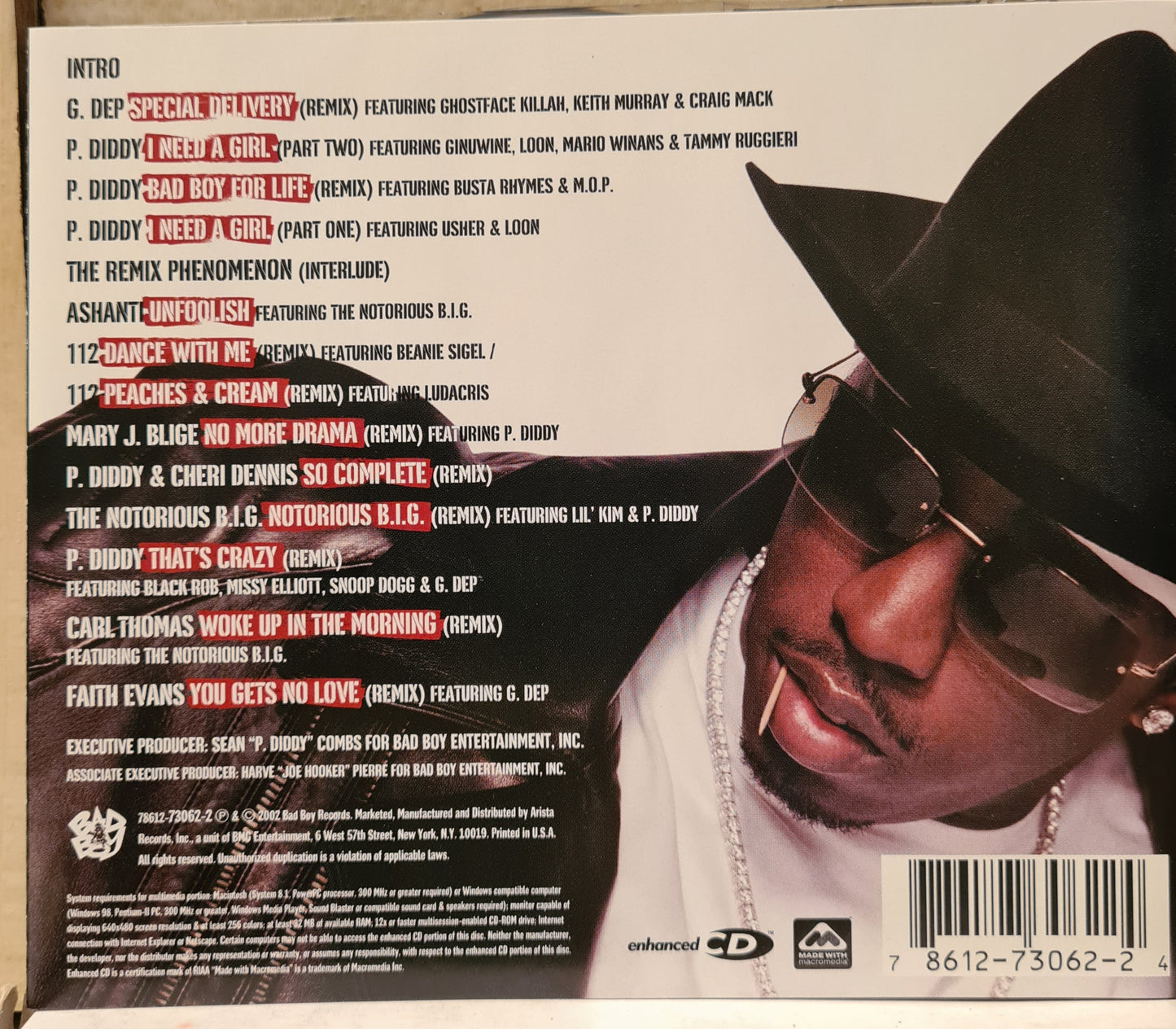You’ve probably heard about P Diddy and his legendary Bad Boy label, right? Well, let’s take a deep dive into how this powerhouse has shaped the world of hip hop as we know it today. From the late '90s to the present, Bad Boy Entertainment has been a game-changer in the music industry, bringing a fresh vibe and a unique sound that resonates with fans worldwide. It’s not just about music; it’s about culture, influence, and legacy.
Hip hop started as a voice for the streets, a way for people to express themselves and tell their stories. But when P Diddy came onto the scene, he added a new layer to the genre. He brought in a style that combined street credibility with mainstream appeal, creating something that was both authentic and commercial. It’s like he took the raw energy of hip hop and polished it up without losing its essence. And that’s what Bad Boy did—made hip hop bigger, brighter, and bolder.
Now, if you think about it, hip hop isn’t just about the music. It’s about the fashion, the attitude, the lifestyle. And P Diddy, through Bad Boy, became a trendsetter in all these areas. From the iconic tracksuits to the flashy cars, Bad Boy artists set the standard for what it meant to be a hip hop star. It’s like they created a blueprint for success that other labels tried to replicate, but never quite matched.
Read also:Camilla Araujo Pussy
Biography of Sean Combs
Early Life and Career
Before he was P Diddy, before he was Bad Boy, he was Sean John Combs. Born on November 4, 1969, in Harlem, New York, Sean grew up in a household where music was always present. His dad, Melvin Earl Combs, was a convicted drug dealer who was killed when Sean was just three years old. This early loss shaped his life and career in ways that are still evident today. Growing up, Sean was always drawn to the music industry, and he started working in the business while still in high school.
His big break came when he landed a job at Uptown Records, where he quickly rose through the ranks. By the age of 23, he was the executive vice president of the label, working with some of the biggest names in R&B and hip hop. But Sean wasn’t satisfied with just being an executive; he had bigger dreams. He wanted to create his own label, one that would reflect his vision and his passion for music.
| Full Name | Sean John Combs |
|---|---|
| Date of Birth | November 4, 1969 |
| Place of Birth | Harlem, New York |
| Occupation | Music Producer, Entrepreneur, Actor |
| Label | Bad Boy Entertainment |
The Birth of Bad Boy Entertainment
How It All Started
In 1993, Sean Combs officially launched Bad Boy Entertainment, and it didn’t take long for the label to make waves in the industry. The first big hit came with Craig Mack’s “Flava in Ya Ear,” which reached number 11 on the Billboard Hot 100 chart. This was just the beginning, though. Bad Boy quickly became known for its unique sound, blending hip hop with elements of R&B and pop, creating a style that was both fresh and familiar.
But it wasn’t just about the music. Bad Boy was also about creating a family, a community of artists who supported each other and pushed each other to be their best. It was about building a brand that stood for something, a brand that people could believe in. And that’s exactly what they did. Bad Boy became more than just a record label; it became a movement.
The Bad Boy Era: Defining a Decade
The '90s Hip Hop Boom
The '90s were a golden era for hip hop, and Bad Boy was right in the middle of it all. Artists like The Notorious B.I.G., Mase, and Faith Evans were putting out hits that defined the sound of the decade. The Notorious B.I.G., or Biggie Smalls, was one of Bad Boy’s biggest stars, with tracks like “Juicy” and “Big Poppa” becoming anthems for a generation. His untimely death in 1997 was a blow to the industry, but his legacy lives on through his music and his connection to Bad Boy.
Mase, with his smooth flow and soulful delivery, brought a different vibe to the label. Songs like “Feels So Good” and “Lookin’ at Me” showcased his talent and helped establish him as a major player in the game. And then there was Faith Evans, whose powerful voice and emotional performances added a feminine touch to the Bad Boy sound. Together, these artists created a sound that was uniquely Bad Boy, a sound that resonated with fans around the world.
Read also:Discover The Hidden Gem Mahaela Park Your Ultimate Outdoor Paradise
The Rivalry with West Coast Hip Hop
East Coast vs. West Coast
No discussion of Bad Boy’s impact on hip hop culture would be complete without mentioning the infamous East Coast vs. West Coast rivalry. This tension between Bad Boy and Death Row Records was more than just a competition between two labels; it was a clash of cultures, a battle for dominance in the music industry. The rivalry was fueled by the media, by the artists themselves, and by the fans, creating a narrative that captivated the public’s imagination.
While the rivalry was intense, it also had a positive effect on the industry. It pushed both labels to innovate, to create music that was bigger, better, and more impactful. It brought hip hop to the forefront of popular culture, making it a force to be reckoned with. And even though the rivalry eventually faded, its impact on the music industry is still felt today.
The Influence on Fashion and Lifestyle
Setting the Trend
Bad Boy wasn’t just about music; it was about style, too. The iconic tracksuits, the oversized sunglasses, the flashy jewelry—all of it became part of the Bad Boy brand. P Diddy himself was a fashion icon, always pushing the boundaries of what was considered cool. He started his own clothing line, Sean John, which quickly became a favorite among hip hop fans. It was about more than just clothes; it was about a lifestyle, a way of being that was uniquely Bad Boy.
And it wasn’t just about the clothes. Bad Boy also had a significant impact on the way people lived their lives. The label’s artists often spoke about luxury, about living the good life, and that message resonated with fans. It was about aspiring to something greater, about working hard and enjoying the fruits of your labor. Bad Boy showed people that it was possible to come from nothing and achieve everything.
The Legacy of Bad Boy
Shaping the Future of Hip Hop
Fast forward to today, and Bad Boy’s influence on hip hop culture is still evident. The label may not be as dominant as it once was, but its impact on the industry is undeniable. Artists who came up under the Bad Boy umbrella have gone on to have successful careers, carrying the torch for the label’s legacy. And new artists continue to be inspired by the Bad Boy sound, the Bad Boy style, and the Bad Boy way of doing things.
What P Diddy and Bad Boy did was create a blueprint for success in the music industry. They showed that it was possible to be authentic and commercial at the same time, to stay true to your roots while reaching for the stars. And that’s a lesson that continues to inspire artists today.
The Business Side of Bad Boy
Building an Empire
It’s not just about the music, though. P Diddy has built an empire that extends far beyond the recording studio. From his clothing line to his vodka brand, Cîroc, to his TV shows and movies, he’s been involved in just about every aspect of the entertainment industry. And Bad Boy has been a key part of that success, providing a platform for new artists and new ideas.
But it’s not just about making money. It’s about creating opportunities, about giving back to the community. P Diddy has been involved in numerous charitable endeavors, using his platform to make a difference in the world. And Bad Boy has been a part of that, supporting causes and initiatives that align with the label’s values.
The Cultural Impact of Bad Boy
Changing the Game
Bad Boy’s impact on hip hop culture goes beyond just the music. It’s about changing the perception of what hip hop is, what it can be. It’s about breaking down barriers and creating opportunities for people who might not have had them otherwise. It’s about empowering people to tell their stories, to express themselves in ways that are authentic and meaningful.
And it’s about creating a community, a place where people can come together and celebrate their shared love of music. Bad Boy has done all of that and more, leaving a lasting legacy that will continue to inspire future generations of artists and fans alike.
Challenges and Controversies
Facing the Critics
No story of success is without its challenges, and Bad Boy is no exception. Over the years, the label has faced its share of controversies, from legal issues to public feuds. But through it all, P Diddy and his team have managed to keep the label moving forward, always focused on the bigger picture.
It’s a testament to their resilience, their determination to succeed no matter what. And it’s a lesson for all of us: that challenges are just opportunities in disguise, that every setback is a setup for a comeback.
The Future of Bad Boy
What’s Next?
So, what’s next for Bad Boy? The label continues to evolve, adapting to the changing landscape of the music industry. New artists are signing with the label, bringing fresh perspectives and new ideas. And P Diddy continues to be involved, using his influence to shape the future of hip hop.
It’s exciting to think about what the future holds for Bad Boy. Will they continue to innovate, to push the boundaries of what’s possible in the music industry? Only time will tell, but one thing’s for sure: Bad Boy will always be a force to be reckoned with in the world of hip hop.
Conclusion
Revealing the impact of P Diddy Bad Boy label on hip hop culture is more than just telling a story; it’s about understanding the power of music, the power of community, and the power of vision. What P Diddy and Bad Boy have done is create a legacy that will continue to inspire and influence for years to come.
So, what do you think? Are you a fan of Bad Boy? Do you think they’ve changed the game for hip hop? Let us know in the comments below. And if you enjoyed this article, don’t forget to share it with your friends. Together, let’s keep the conversation going and celebrate the incredible impact of Bad Boy on hip hop culture.
And remember, the next time you hear a Bad Boy track, think about all the history, all the culture, all the passion that went into making it. It’s not just music; it’s a movement, and we’re all a part of it.
Table of Contents


